Last Updated on June 19, 2021 by Grow with Bovees
What Is A Vireya Rhododendron?
The term “Vireya” is used to refer to rhododendrons of the subgenus Vireya. However, many determining factors distinguish Vireya from other members of the genus Rhododendron. In general, Vireyas are known as rhododendrons consisting of scales with seeds that have a long tail at every end.
They can be distinguished from many other Rhododendron groups with their foliage characteristics and significantly diverse floral structure. These differences might associate with their distributional range and pollinators.
Although historically they’ve been known as “Malesian” or “Tropical” rhododendrons, their distributional range, though mainly within Southeast Asia, also extends into Nepal, China, India, and northeast Australia.
Where Do Vireyas Originate?
Vireya rhododendrons originate from the Indochinese Peninsula, which is situated between Australia and mainland Indochina. This archipelago consists of 25,000 islands and covers approximately 770,000 square miles. Some 17,000 of these islands are within Indonesia, while around 7,000 are within the Philippines. It is also sometimes referred to as the East Indies.
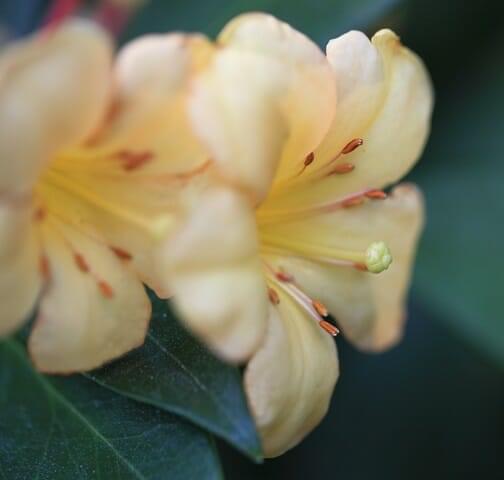
The majority of these Vireya Rhododendron species are found within the Malesia region; it’s a biogeographical area found in Southeast Asia. Generally speaking, it lies between the Tropic of Capricorn at 15°S and the Tropic of Cancer at 20°N, and from about 95°E – 160°E longitude.
This entire area comprises Malaysia (which comprises Peninsular Malaysia and Sabah and Sarawak, the island of Borneo’s northwest third); Indonesia (including the islands of Sumatra, Sulawesi, Bali, Java, the Moluccas (or Spice Islands); the Philippines, the island of New Guinea’s western half, Kalimantan (island of Borneo’s southeastern two-thirds), and Papua New Guinea (the eastern half of New Guinea island and its outlying islands), often referred to as the Malay Archipelago (Kepulauan Melayu), and covers approximately 770,000 square miles.
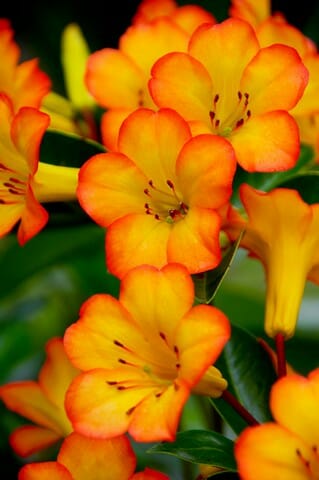
Flower Colour Of The Vireya Plant
Rhododendron vireya flowers are large and come in a variety of vibrant colors, including orange, pink, purple, and yellow.
Most Vireya rhododendron flowers also have a white, yellow or orange spot on their reverse side. In addition to being pretty, Vireya flowers have stamens that come in many colors and styles, making these beautiful flowers even more interesting to look at.
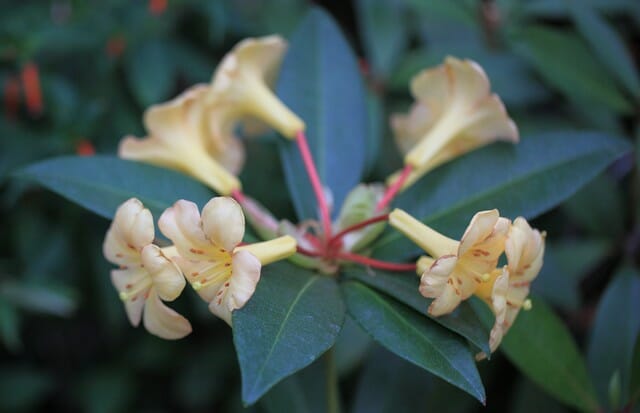
Some Popular Hybrid Varieties
Below you’ll find a list of all known natural Vireya hybrids. In most cases, the parentage of wild hybrids can be deduced from the availability of species that grow nearby. Some taxa listed were initially classified as true species, only later to be found to be hybrids. As opposed to human-made named hybrids, natural hybrid names apply to each plant deduced from the crossing of representatives of the named parent taxa.
According to the International Code of Botanical Nomenclature, each taxon’s name is prefixed with “x” to indicate hybridism. Here are some popular hybrids:
Autumn and spring is their most prolific time for flowering when you will see a magnificent display of vibrant colors, some of which are highly fragrant.
- R. xandersonii
- R. xepilosum
- R. xcoriifolium
- R. xgilliardii
- R. xfuchsii
- R. xkeditii
- R. xhybridogenum
- R. xnebulicolum
- R. xliewianum
- R. xplanecostatum
- R. xootrichum
- R. xschoddei
- R. xsarcodes
- R. xsilvicolum
- R. xsheilae
- R. xwilhelminae
- R. xvariolosum
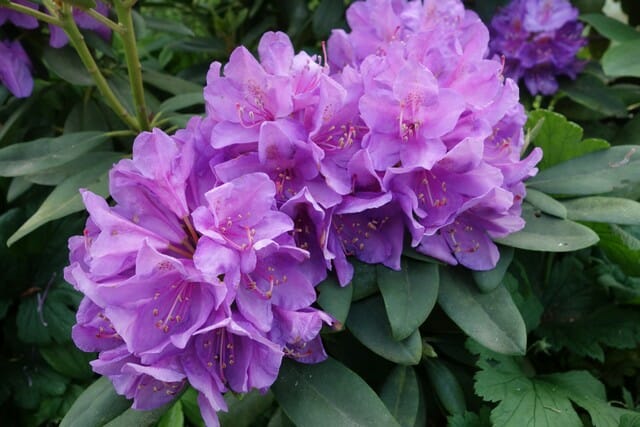
General Growing Advice
You can generally grow Vireyas indoors anywhere, but ensure to set plants outside in frost-free months. Use a potting mix that has good drainage.
You could also create your mix by blending two parts perlite, 1 part ground bark, and 1 part peat moss. Use terracotta containers that are tall and relatively wider than the root ball to put your plants; the ideal growing conditions of Vireyas are when they’re slightly root bound.
During the winter, make sure Vireyas are in a bright spot indoors. For frost-free months, move them out into a tall tree’s light dappled shade or covered patio — temperatures lower than 28F could hurt or kill them. Mostly, Vireyas dry out in-between waterings.
At first, try watering by weight. When the soil is almost dry, please pick up the pot to feel how much it weighs. Next, drench the soil then pick it up again; this time, it will be heavier. Generally, this will give you an idea of how light the pot needs to be before you water again.
When Vireya rhododendrons are blooming, water more often. Most plants will grow a minimum of 2ft (0.61 m) tall in containers, enhancing bloom while they mature. In case they become leggy, pinch new growth tips in order to force branching.
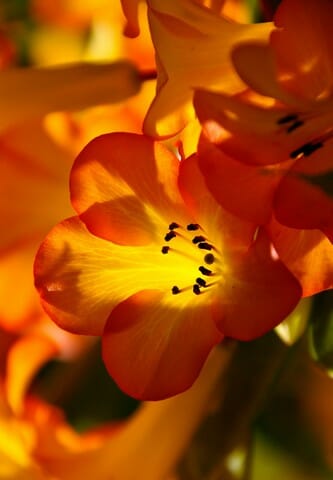
Pruning Advice For Vireyas
Many Vireyas will gain from pruning, either to minimize present lanky growth or to inhibit it. You can refer to how to prune rhododendrons for these plants. Carefully prune to a healthy whorl of leaves; however, make sure that the remaining leaves are enough to keep the plant, and the roots, active. Be sure to use the correct type of pruning tool. With this pruning, new shoots can develop. Additionally, removing seed pods and spent flowers will enhance new growth. Although pruning can be carried out during warmer climates, avoid pruning during winter when it’s cold.